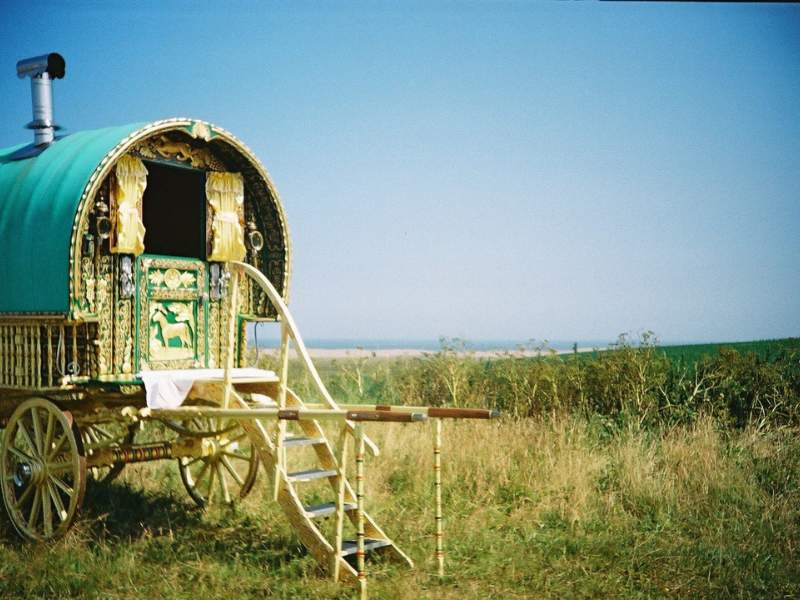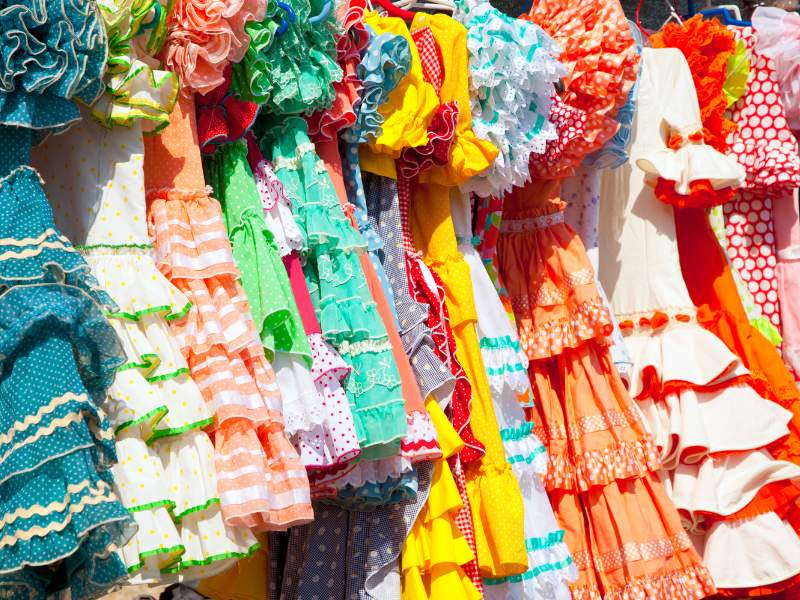Last Updated on 22 January 2025 by Cycloscope

A brief history of Roma people in Romania. Some recent issues and constant struggles faced by the so-called “gypsy”. Baia Mare’s wall, HIV experiments…
Sinti and Roma are the largest minority in Europe, between 10 and 12 million people. They are transnational people composed of five basic groups: Roma, Sinti, Kale, and Manouches Romanichals. They don’t have a state. They never wanted one.
After writing this article, we visited Romania ourselves, you can read our direct experience in Buzescu.
A short history of Roma people
Their story, or rather their diaspora, originated in India around 1000 AD: it was, and still is, a continuous sequence of rejection and persecution.
Once they arrived in Europe, began a long series of legalized violence (in all European countries, no exceptions): they were branded, and hanged, “kill a gypsy” did not involve any penalty and indeed, it was encouraged to do so. Until it got to Porrajmos, the “devouring”, the genocide in concentration camps of World War II that ended with the murder of an unknown number of Roma and Sinti, from 500.000 to 1.500.000.
We often speak of their alleged unwillingness to integrate, it is enough to read a brief chronology of the history of these unknown people to get an idea of why gagé (we, the non-Roma) are not so well-liked.
And you’ll understand also, just as clearly, that this is not a nomadic people. The movement has always been the solution to rejection and often, a real escape. Only 5% of them are from a nomadic tradition: mostly Sinti (circus performers and carnies) and Ursari who traditionally train bears.
Roma people in Romania

In Romania, today, there are about 2 million Roma, 10% of the population. Also here, the history of the Roma has been an endless cycle of violence. From 1300 to 1800 they were reduced to slavery and even after their “emancipation” the situation did not improve. A policy of sedentarization began.
Rom prosecution under Ceausescu
And then came communism. During Ceausescu’s regime, Roma was never recognized as a true ethnic minority. Continued to be contemptuously called ţigan (from Atziganoi). The dictator subjected them to a brutal policy of forced assimilation, particularly those who still practiced “wandering jobs”, so-called nomazi. They were forced to settle, usually on the city outskirts, near landfills and other unhealthy places.
As a result of forced insertion into agriculture and industry, Roma gradually lost their traditional crafts, and often even their language, which was replaced by Romanian as their mother tongue.
The HIV issue: A Secret genocide
Many children were taken from their families to be re-educated. These orphanages were larger. In the 80s many children, Roma and not, contracted HIV through blood transfusions performed in hospitals of the Socialist Republic of Romania.
As if that wasn’t enough, in the last years of Ceausescu’s dictatorship, thousands of Romanian children were infected on purpose by HIV.
It was a massive experiment, wanted and paid for by a multinational pharmaceutical company, made on the backs of orphans, that no one would’ve ever cried and they were a burden for the system. Children aged two to twelve years.
Still “gypsy”: Romania nowadays

After Ceausescu, during the nineties, little has changed. Roma have continued to be despised by the rest of the population. In 1990 the entire Roma population in the region of Harghita was expelled and their houses were burned: the investigation was slow until, in 1995, the perpetrators were acquitted for the expiry of the trial time.
The impunity afforded to perpetrators of this violence is indeed reflected in the official positions taken by the authorities who do not recognize the ethnic character of the episodes of violence.
In 1993, during the sadly famous riot of Hadareni, three Roma were killed, 19 houses were burnt and 5 were destroyed. In the years following, episodes of violence didn’t cease, fueled by right-wing movements and the political indifference of the authorities.
The wall of Baia Mare
This is demonstrated by Baia Mare’s story, a city in the north of Romania, in which, in 2011, Catalin Chereches, the mayor, ordered the construction of a concrete wall three meters high to delimit the city area inhabited by Roma.
As always happens, the mayor immediately pointed out that: “It isn’t racism. I made this decision because of the numerous protests by motorists, who complained of the continuous garbage throwing from the windows”. The legislation in force in Romania doesn’t guarantee the right to adequate housing for all its citizens and doesn’t prohibit forced evictions.
The Roma community may be expelled from the places where they lived for a long time and transferred to inadequate houses, out of the rest of the population’s sight, under the pretext of ‘”requalification and development” of the slums.
These shifts often result in further marginalization and poverty, and go against the government’s policies to combat social exclusion of the Roma and other vulnerable groups.”

Buzescu
Instead, we’re going to meet the Roma of Buzescu, a small town of 4.500 inhabitants in the region of Wallachia, 100 km east of Bucharest, called Palatul Tiganilor (gypsy palace). Here live almost exclusively rich Roma (so actually not many).
Buzescu is often described as the kingdom of kitsch, although the houses are kitsch, they are also funny and very original. In many European cities, we are used to seeing a lot more ugly and/or kitsch buildings. But after getting to know this village, what everyone is asking (implicitly answering themselves) is why these gypsies are rich, and how they come to have expensive cars or gold teeth.

It seems that a Rom can not be rich. If begging, we despise him for living behind our well-built society. He has no dignity. But if he is rich it’s sure because he stole. Kostica Stancu, the spokesperson of Buzescu’s Roma community, tells the story of the village:
“Buzescu was founded in 1857. Roma people in this area have historically had a privileged situation. When other Roma were slaves, they, thanks to a understanding boyar, Angel Kapr, could devote himself to traditional crafts and keep the profits for themselves, after having finished the job in the country. When the communism came, they hid the money, gold Coins from Francis Joseph. Ceausescu would have confiscated that gold. Freed after 1989, they began the race to built the most luxurious villa.“
The gypsy must match our stereotype. First of all, must be dressed in rags, he must smell, steal, and hide a Ferrari in the garage.

